Guyanese cake decorating has long been a cherished tradition, blending rich cultural heritage with artistic flair. From the iconic sponge cake to elaborate designs, Guyanese cakes are not just desserts but symbols of celebration and unity. Whether you’re planning a birthday party, wedding, or festive gathering, Guyanese cake decorating offers endless possibilities to bring your events to life. In this article, we delve into the art of creating stunning Guyanese-themed cakes, exploring everything from traditional methods to modern twists. Discover how to incorporate local flavors, master frosting techniques, and learn about the latest trends in Guyanese cake design. Whether you’re a seasoned baker or a novice, this guide will provide you with valuable insights and inspiration to create cakes that truly stand out.
Key Takeaways
- Plan your cake decoration timeline wisely: Simple cakes like Guyanese sponge cakes can be decorated 2-3 days in advance, while complex cakes may need closer attention. Ensure proper storage to maintain freshness and avoid issues with frosting and decorations.
- Refrigeration is key for certain frostings: Dairy-based frostings require refrigeration to prevent spoilage, while buttercream typically stays fresh at room temperature. Consider a crumb coat for added stability.
- Keep your cake moist overnight: Use tight wrapping, store in an airtight container, add parchment paper, and if necessary, employ a cake carrier or humidifier to maintain moisture and freshness.
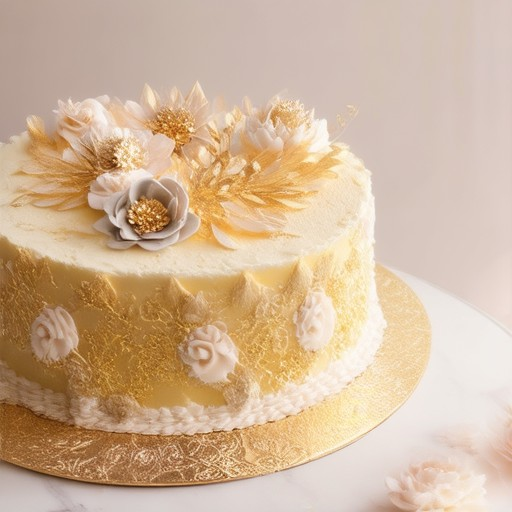
What Are the 5 Kinds of Cake Decorating?
Cake decorating is an art form that combines creativity and technique. Here are five primary types of cake decorating techniques and styles:
- Traditional Cake Decoration : This style focuses on classic designs, often featuring floral motifs, geometric patterns, or intricate pipings. Common tools include Wilton’s flower nails and couplers.
- Modern Cake Decoration : Known for its bold and artistic approach, this style uses vibrant colors, unique textures, and advanced techniques like fondant sculpture. Tools like Viva la Dolce molds and PME cutters are popular.
- Rustic Cake Decoration : Simpler and more natural-looking, this style often incorporates rough-hewn elements like twigs, branches, and hand-painted signs. It’s perfect for country-themed celebrations.
- Whimsical Cake Decoration : This style is playful and imaginative, featuring characters, animals, or scenes. Techniques like sugar flowers and gum paste modeling are key components.
- Seasonal Cake Decoration : Tailored to specific occasions or seasons, this type uses holiday-inspired colors and themes, such as Christmas trees or Halloween pumpkins.
Each style offers a unique aesthetic, allowing decorators to match the vibe of any event or personal preference. Whether you prefer classic elegance or bold creativity, these techniques provide endless possibilities for transforming cakes into works of art.
Latest Trends in Cakes for 2025
1. Health-Conscious Baking
The demand for healthier, low-sugar, and gluten-free cakes continues to rise. Bakeries are now incorporating alternatives like almond flour, coconut oil, and plant-based dyes to cater to dietary restrictions and health-conscious consumers.
2. Vegan and Dairy-Free Options
Vegan cakes have become mainstream, with recipes using substitutes like flax eggs and coconut milk. This trend shows no signs of slowing down as more people adopt plant-based diets.
3. Sustainability in Baking
Sustainable practices are influencing cake baking, from eco-friendly packaging to locally sourced ingredients. Many bakeries are adopting ethical sourcing practices to reduce their environmental impact.
4. Artificial Intelligence in Baking
Baking apps and smart ovens are integrating artificial intelligence to adjust recipes based on variables like altitude and oven temperature, ensuring perfect results every time.
5. Exotic Flavors
Chefs are experimenting with unconventional flavor combinations, such as matcha-lime, charcoal-infused, and beetroot-red velvet cakes, appealing to adventurous bakers and dessert lovers.
6. Personalized Cakes
Customizable cakes are in high demand, with online platforms offering digital design tools to create personalized cakes for special occasions. Subscription boxes for cake kits are also gaining popularity.
7. 3D Printing in Baking
Advanced technologies like 3D printing are enabling the creation of intricate, artistic cakes that were previously impossible to produce by hand.
8. Nostalgic Comfort Food
Despite the rise of trendy, unconventional cakes, classic flavors like vanilla and chocolate remain popular, often reimagined with modern touches like layered designs and elaborate piping.
9. Artisanal and Handmade Cakes
There’s a growing preference for artisanal and handmade cakes that emphasize quality and craftsmanship, reflecting a return to traditional baking methods with a contemporary twist.
10. Functional Foods
Functional foods, such as probiotic-rich cakes, are becoming popular due to their perceived health benefits, blending nutrition with indulgence.
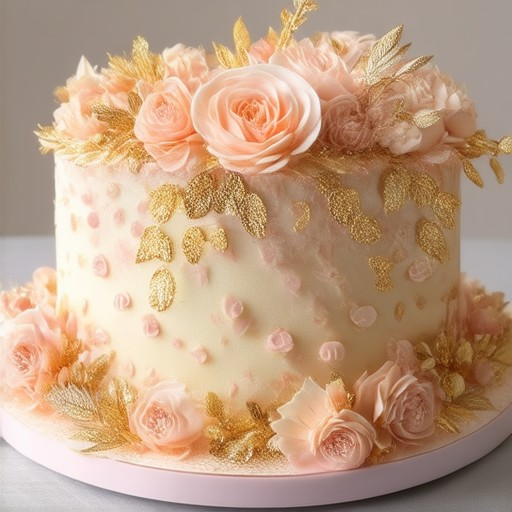
What is a Burn Away Cake?
A burn away cake is a decorative technique used in cake baking and decorating. It involves creating a hollow effect in the middle of a multi-layered cake by removing the outer layers, leaving only the top and bottom layers exposed. This technique is often used to add visual interest and elegance to the dessert.
Steps to Create a Burn Away Cake:
- Bake the Cake : Start with a two-layer cake, such as a genoise or sponge cake. Allow it to cool completely before proceeding.
- Trim the Sides : Using a sharp serrated knife, carefully trim the outer edges of the cake to create a straight edge. This step removes the side layers, creating the hollow effect.
- Apply Powdered Sugar Dusting : Gently dust the trimmed sides and top of the cake with powdered sugar using a fine mesh sieve. This creates a light, airy look and is a key feature of the burn away cake.
- Optional: Add Buttercream Decoration : For an extra touch, pipe a thin layer of buttercream around the edges of the cake. This adds a sweet contrast to the powdery texture.
Tips for Success:
- Even Dusting : To ensure an even dusting of powdered sugar, hold the sieve at a slight angle and move it in a circular motion.
- Chill Before Trimming : Chilling the cake briefly can firm it up, making it easier to trim without smushing the layers.
- Practice Makes Perfect : If you’re new to this technique, practice on a dummy cake before working on your actual creation.
This method is a simple yet sophisticated way to elevate your cake decorating skills, resulting in a visually stunning dessert that looks almost too good to eat.

How Many Days Before an Event Can You Decorate a Cake?
The ideal time to decorate a cake depends on various factors, including the type of cake, frosting used, and decorations applied. Here’s a breakdown:
- Simple Cakes : Sponge cakes or plain cakes can often be decorated 2-3 days in advance, especially if stored properly in the fridge.
- Complex Cakes : Fruitcakes, tiered cakes, or those with fillings may benefit from decoration closer to the event date, ideally 1-2 days beforehand.
- Frosting Considerations : Buttercream or cream cheese frostings can spoil quickly, making it advisable to decorate these types of cakes just a few days before the event.
- Decorative Elements : Fresh flowers or fruits should be added much closer to the event to maintain their freshness and visual appeal.
- Storage Tips : Keep the decorated cake refrigerated to prevent frosting from melting or becoming soggy.
For larger or more elaborate cakes, consulting a professional decorator’s advice is recommended. Generally, 2-3 days in advance is a safe guideline for most cakes, ensuring they remain fresh and visually stunning on the day of the event.
Should I Refrigerate Cake Before Frosting?
To determine whether to refrigerate your cake before frosting, consider the type of frosting and environmental conditions:
- Dairy-Based Frostings (e.g., Cream Cheese): These should be refrigerated to prevent spoilage and maintain freshness.
- Buttercream Frostings: Typically stable at room temperature, though refrigeration can extend shelf life depending on usage timing.
- Weather Conditions: In hot climates, refrigeration may be necessary to prevent melting or sliding of the frosting.
- Crumb Coat: A sturdy crumb coat can help keep the frosting in place, reducing the need for refrigeration.
For safety and to preserve quality, especially with dairy-based frostings, refrigerating is recommended. However, non-dairy frostings may remain stable at room temperature in moderate conditions. Always refer to specific frosting recipes for storage guidelines.
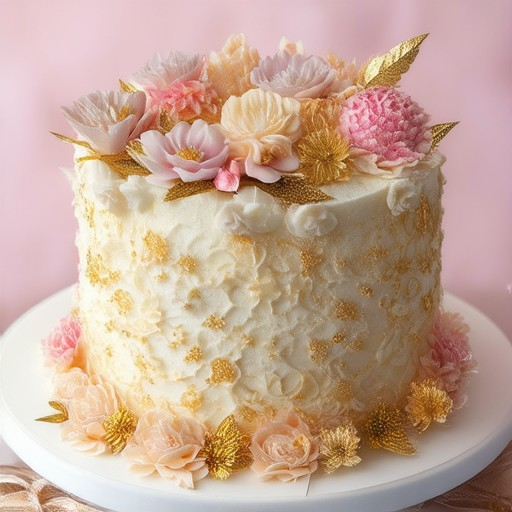
How to Keep a Cake Moist Overnight
To keep your cake moist overnight, follow these simple steps:
- Wrap the Cake Properly : Use plastic wrap or aluminum foil to cover the cake tightly. Make sure the wrap is snug to prevent exposure to air, which can cause drying.
- Store in an Airtight Container : Place the wrapped cake in an airtight container, such as a Tupperware container or a cake keeper. This traps moisture and prevents evaporation.
- Place Parchment Paper Underneath : Add a layer of parchment paper under the cake before wrapping it. This helps absorb any excess moisture that might seep out, preventing sogginess or discoloration.
- Use a Humidifier (Optional) : If your kitchen has low humidity, consider using a humidifier to add moisture to the air. This can help maintain the cake’s moisture levels overnight.
- Consider a Cake Carrier : Some cakes can be kept fresh longer using a cake carrier or serving tray with a lid. These are specifically designed to maintain moisture and freshness.
By combining these methods, you can ensure your cake remains soft and moist overnight, perfect for enjoying the next day.

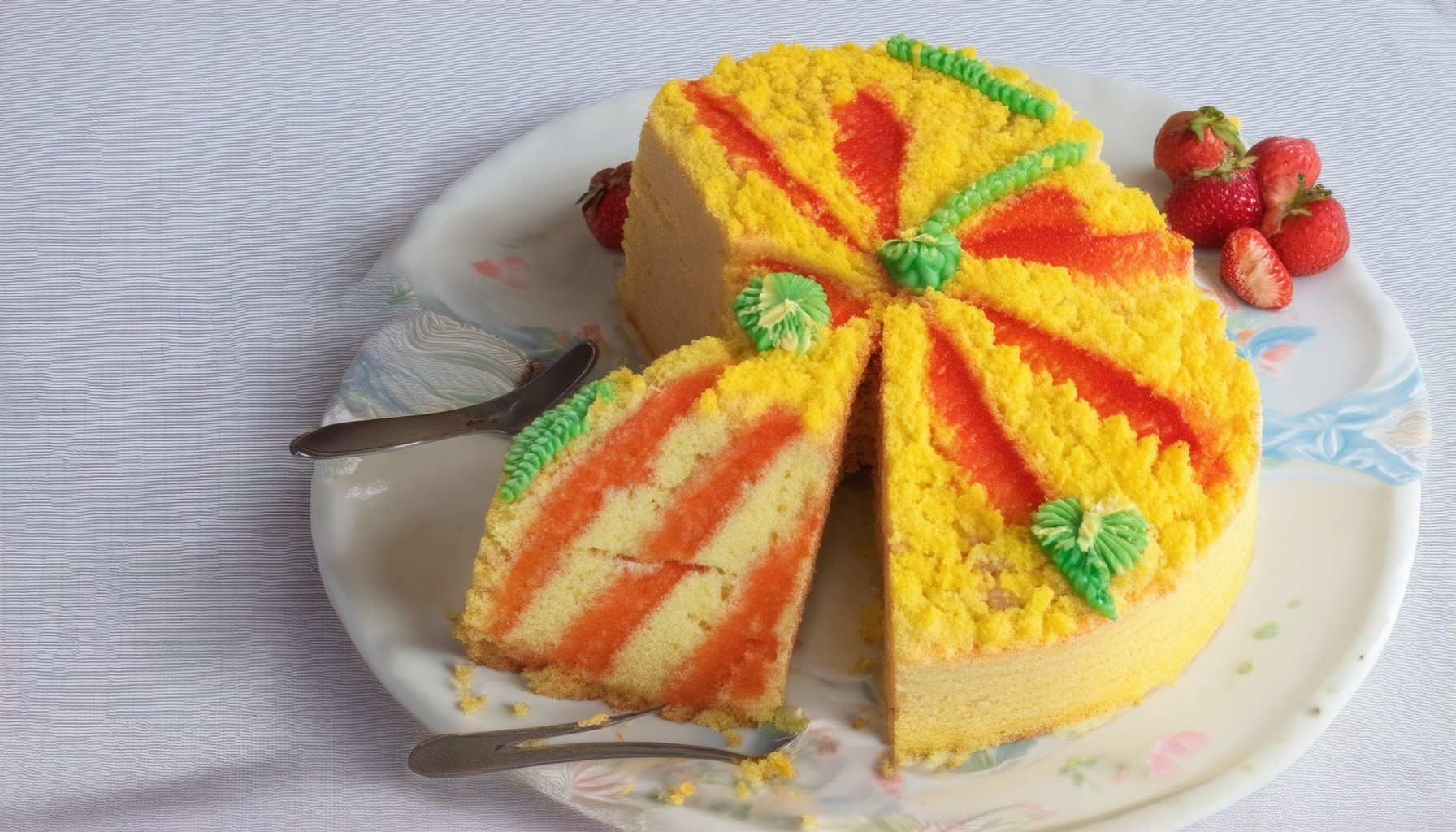
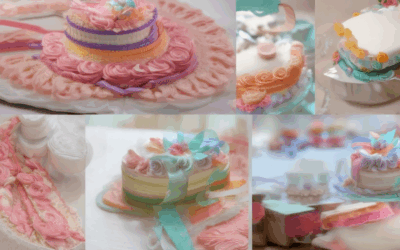
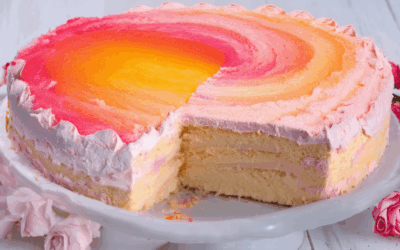
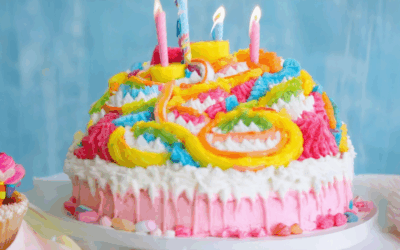
0 Comments